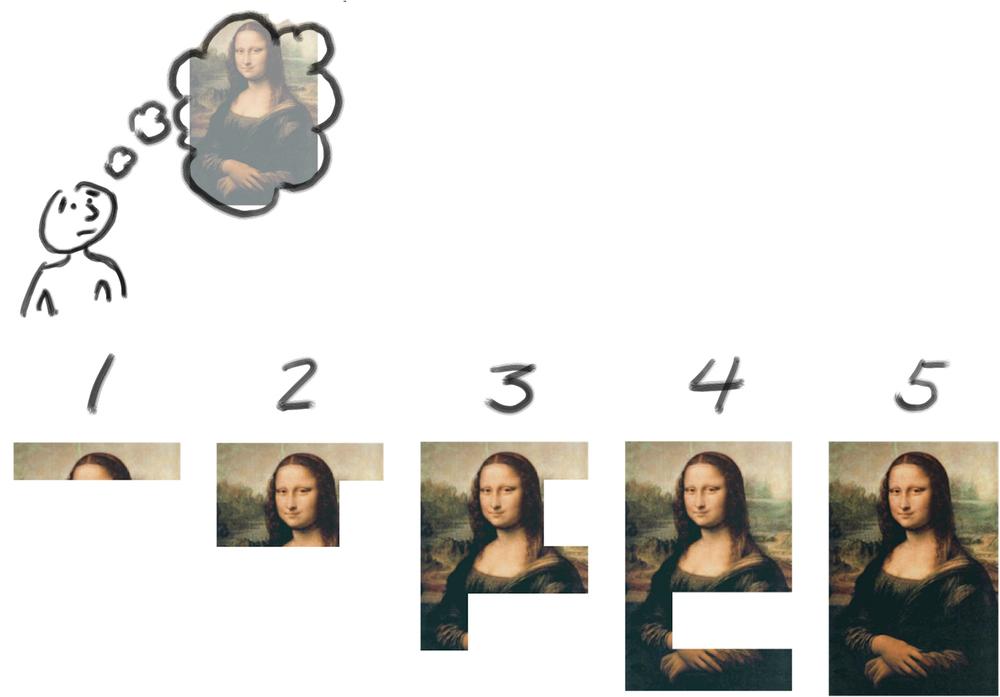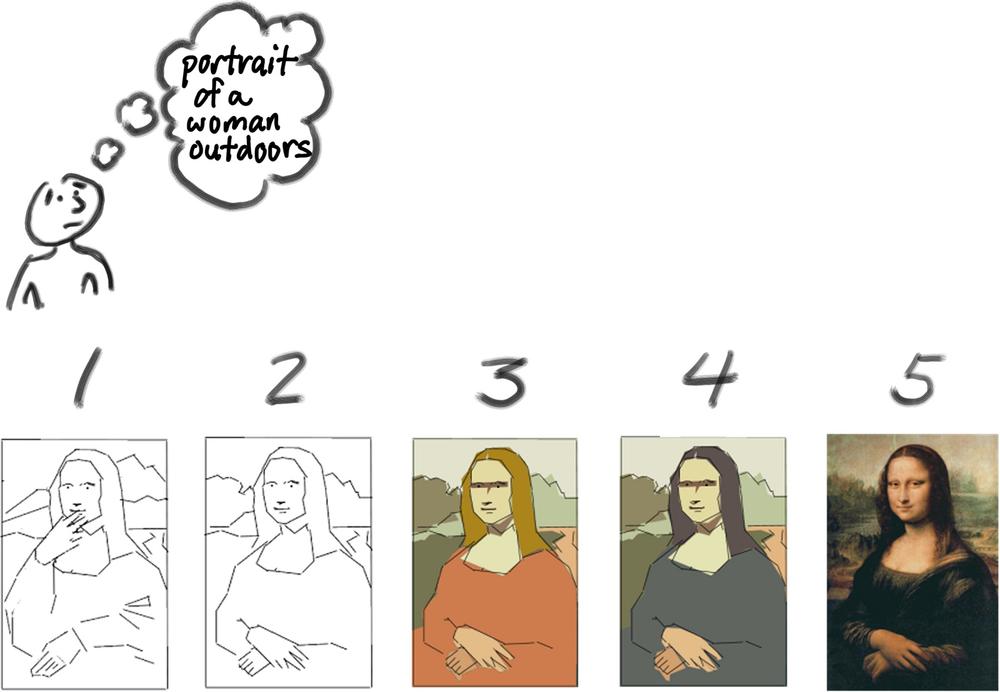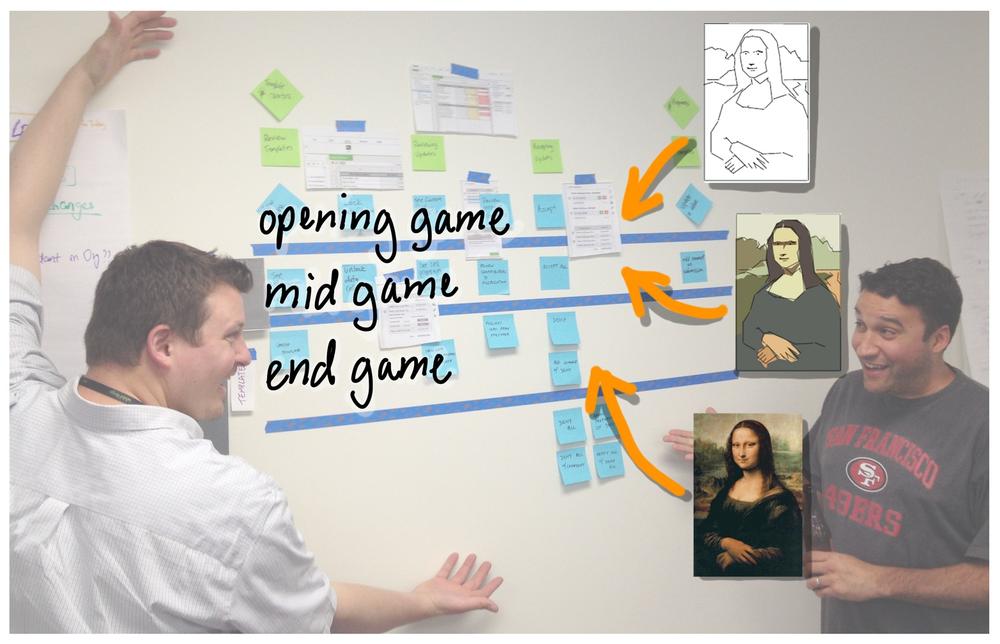
I'm a PHP developer
I've often worked directly with non-technical product owners and users
I workED at a University

I'm a PHP developer
I've often worked directly with non-technical product owners and users
I workED at a University
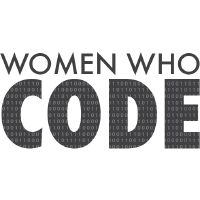
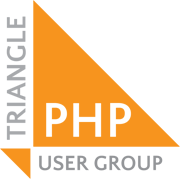
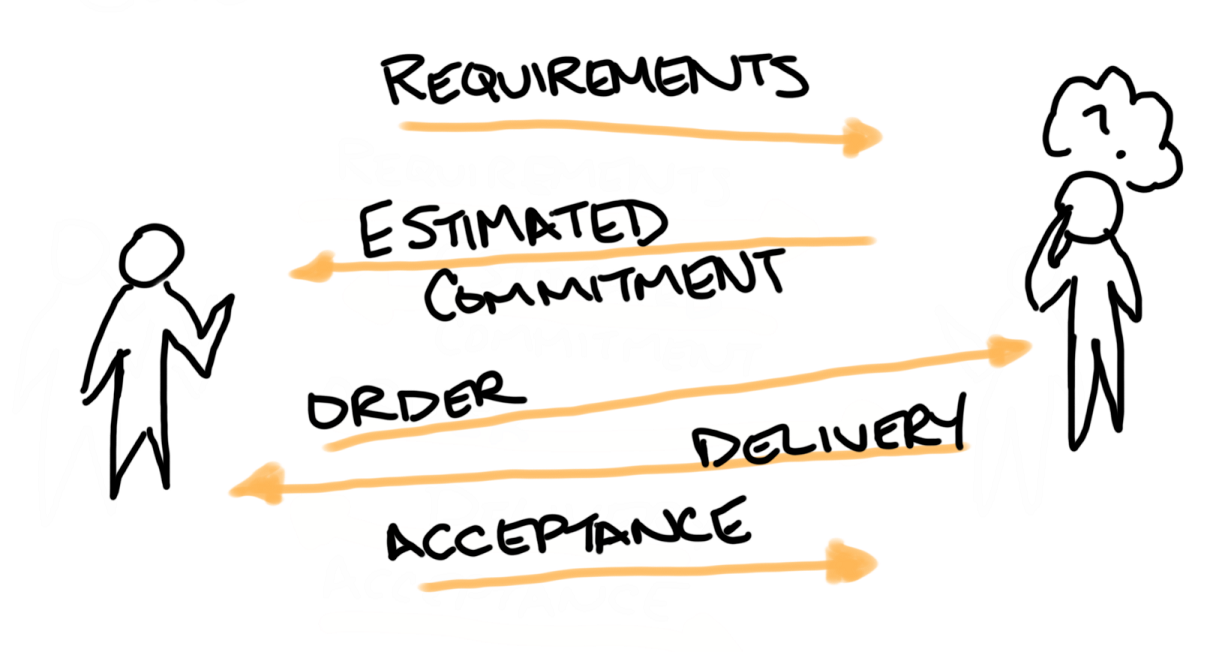
Communicate with non-technical users of the product
Removes implementation from the discussion
Objective-focused deliverables
A diagram of a project that tells the story of the people and systems involved in a process.
Detail is added as we learn more about the project
The map can be built for an existing application or a new application.
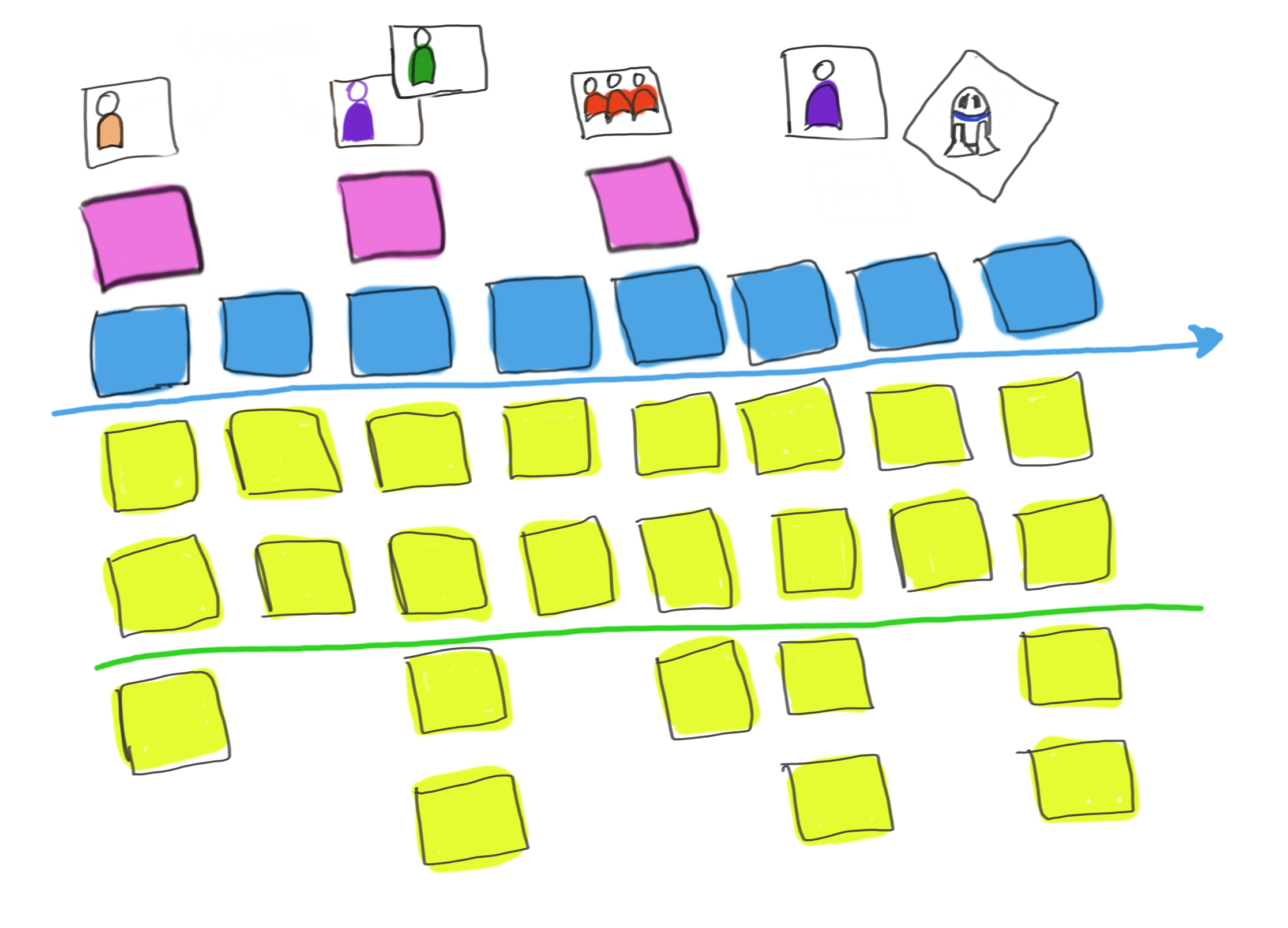
Anyone who knows the process ... Not Just Developers
At least one knowledgeable person from each group of stakeholders

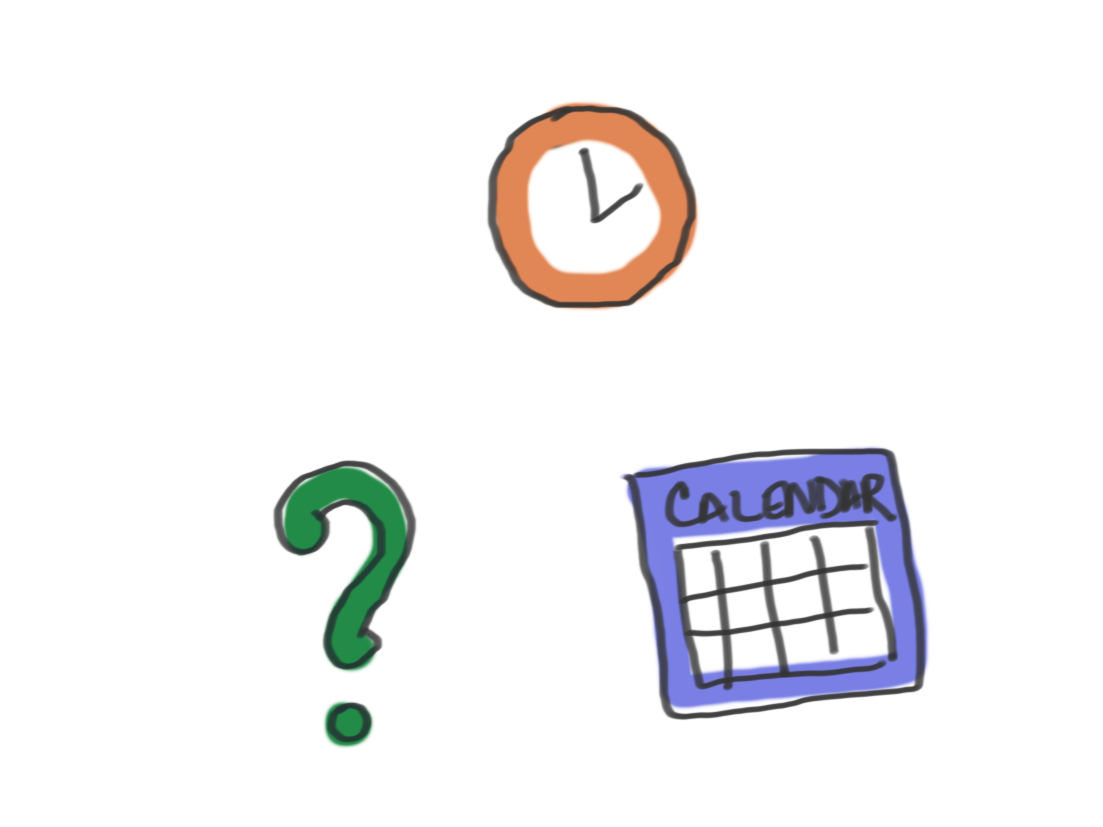
*Lowers problems with estimates and feature creep


A large, clear wall or whiteboard.
A place central to the team, at least in the beginning.
Use a familiar process that is not your project
List five tasks you do in order to get to work. Put each one on a post-it provided.

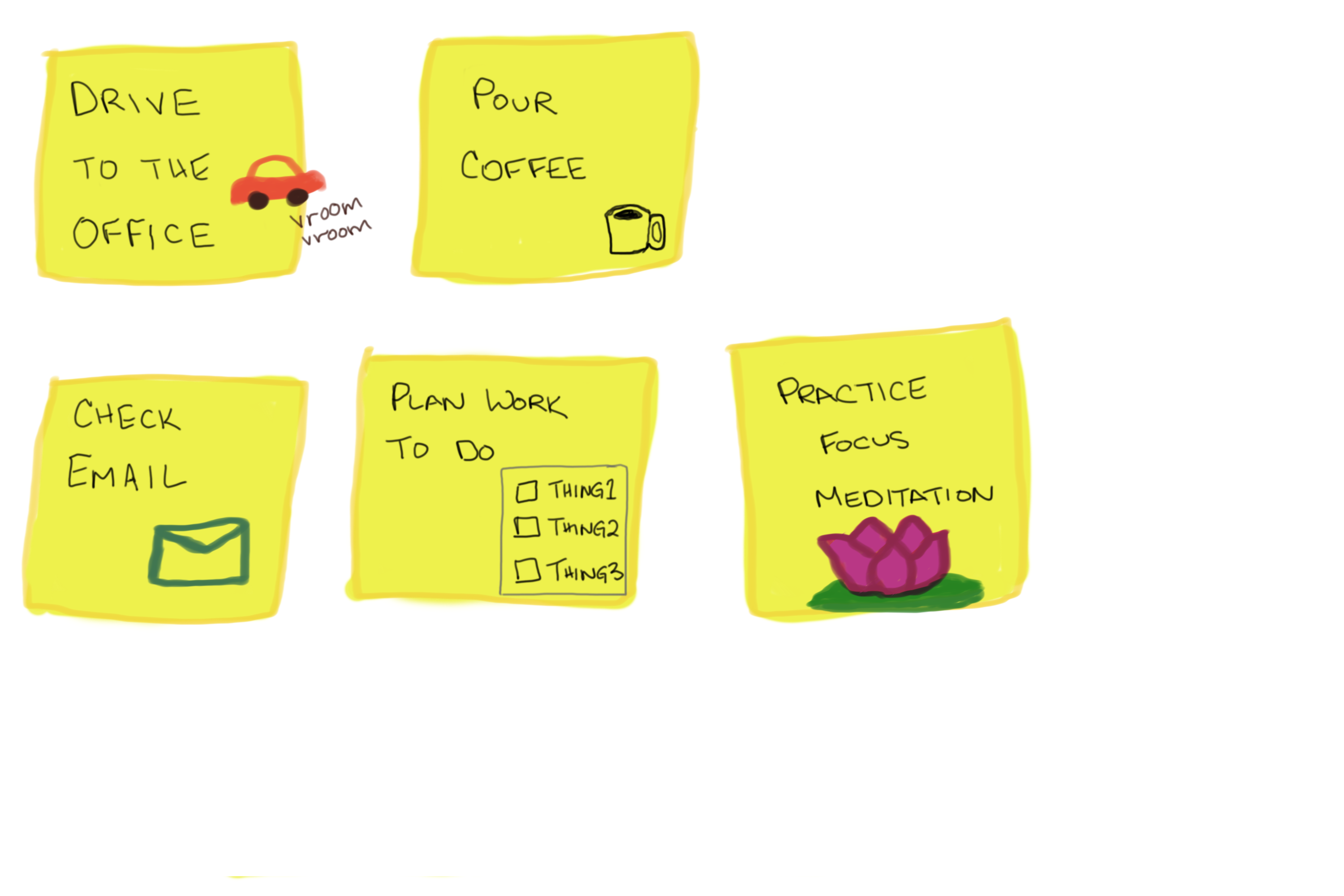
Pick 3 things that you did today that are different from your normal work routine.

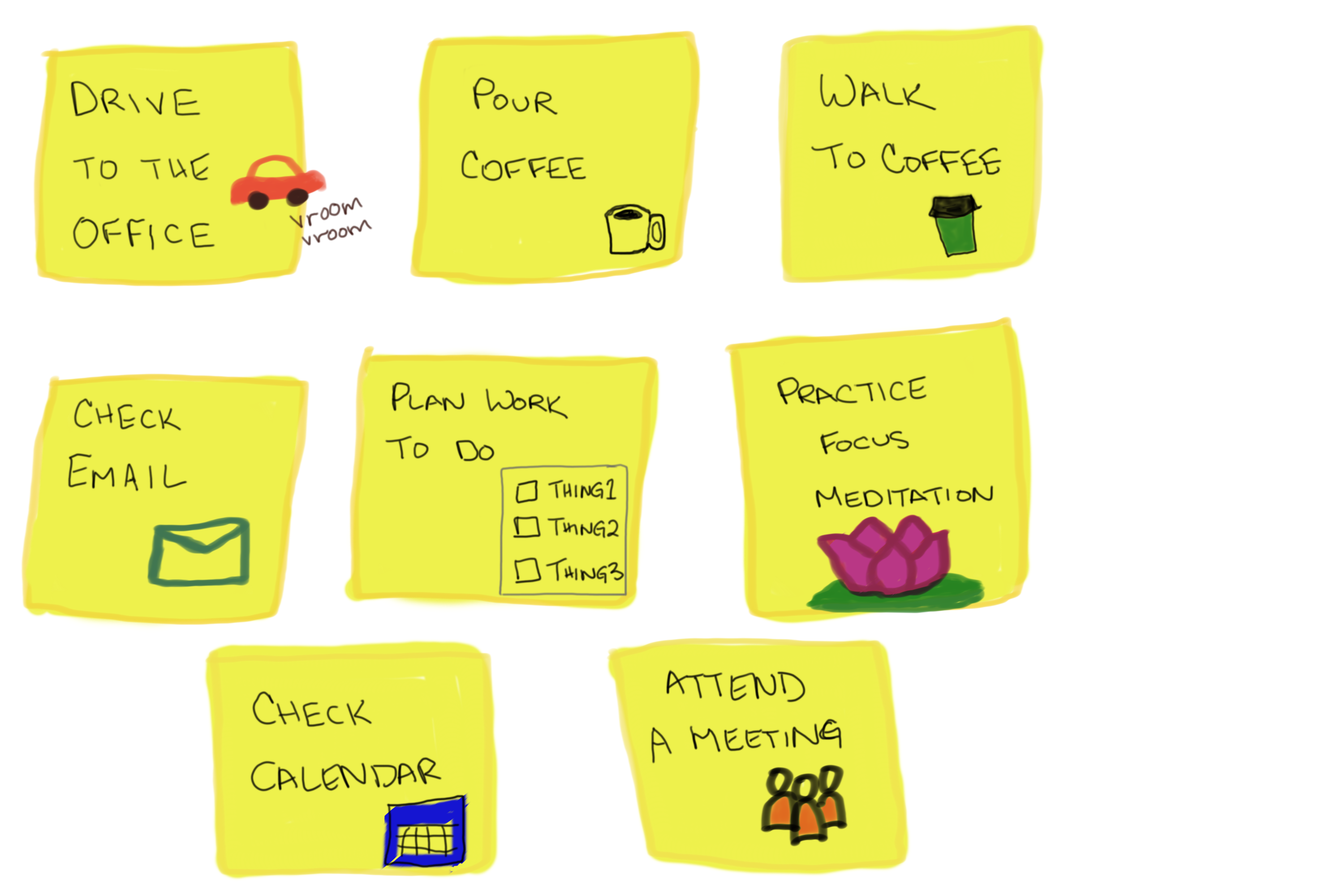

Who are the Actors/Users in your morning routine?
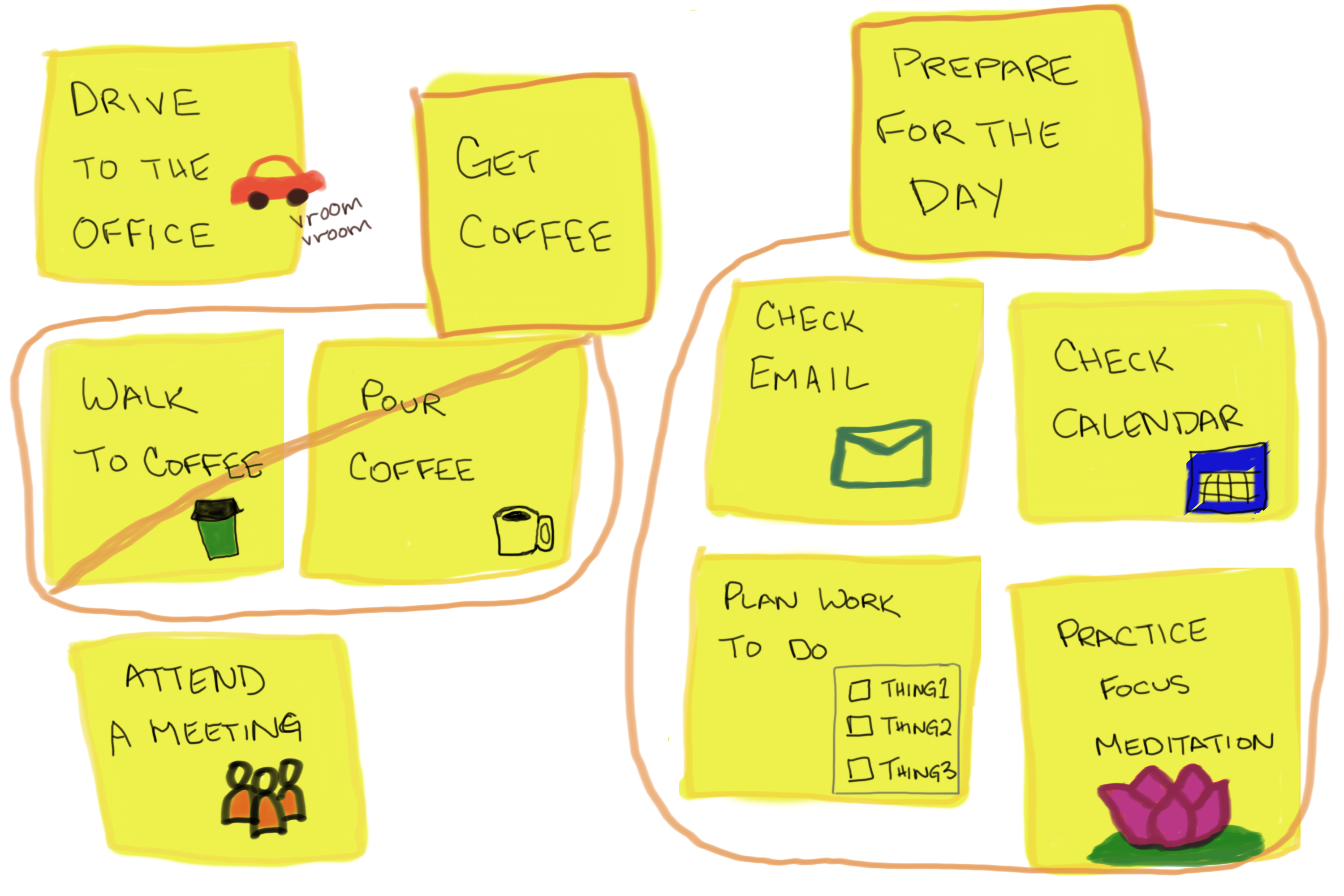
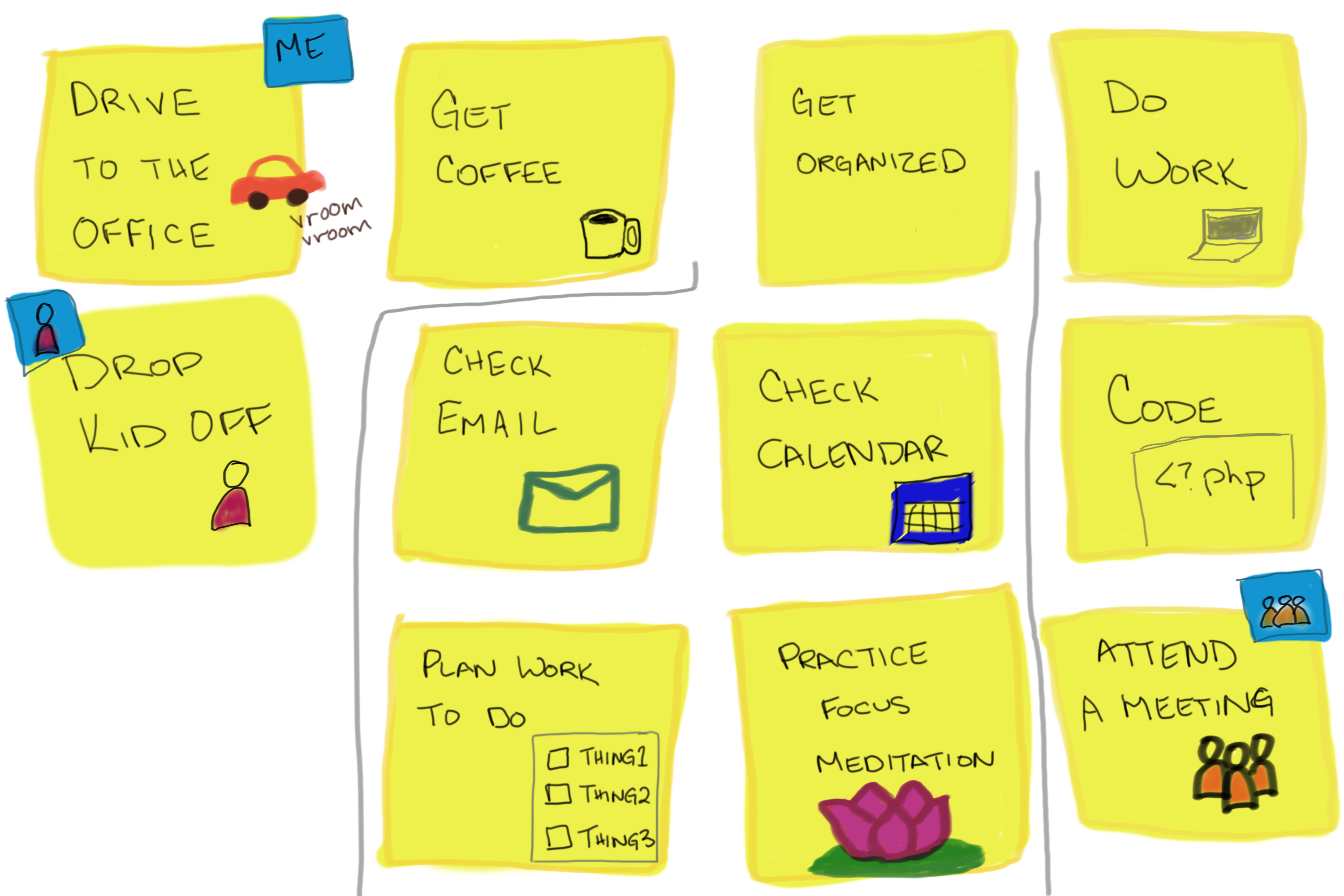
If you cannot elaborate, mark it and revisit
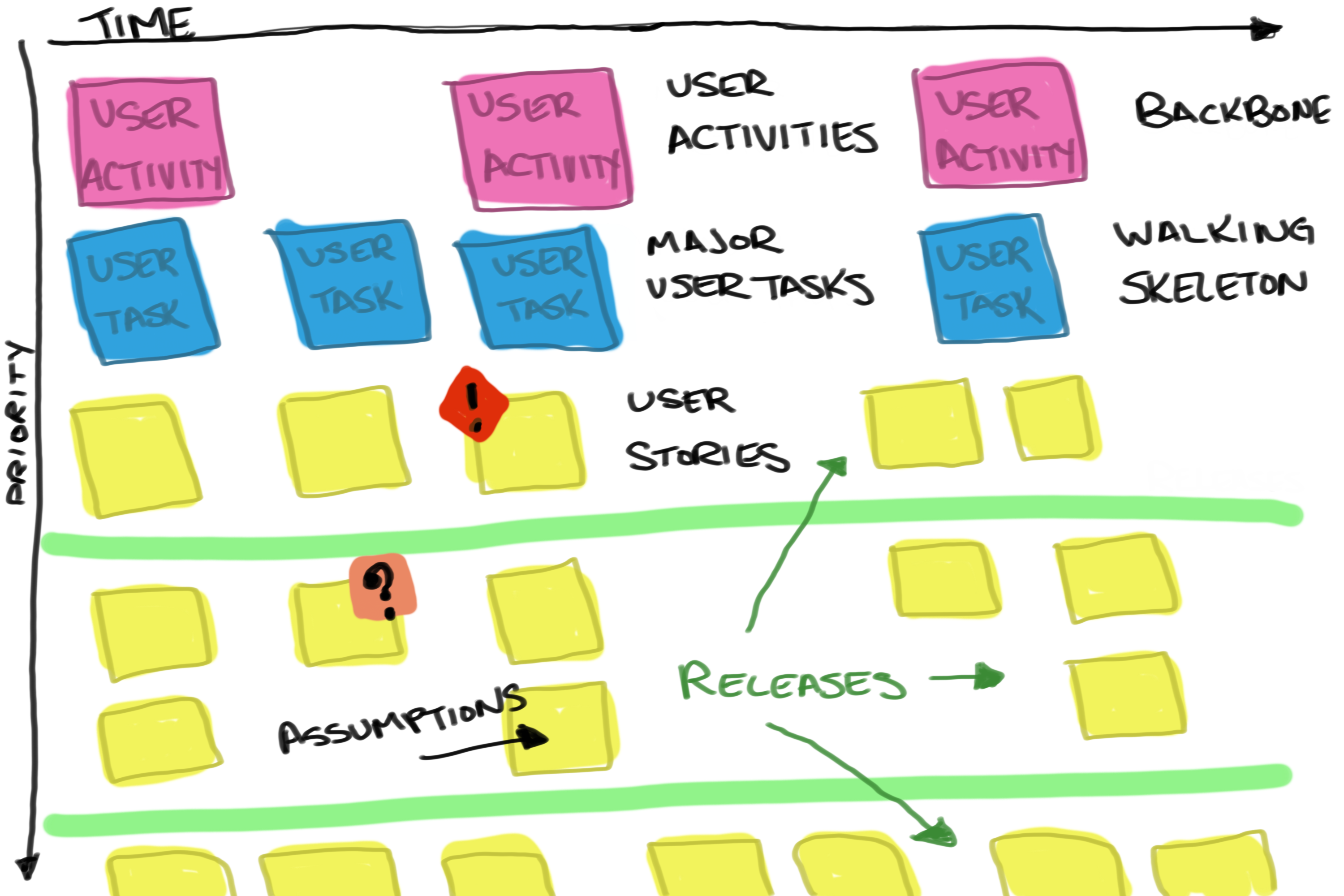
If the only thing you create while making sense of a big opportunity is more, small stories, you're doing it wrong.
- Jeff Patton
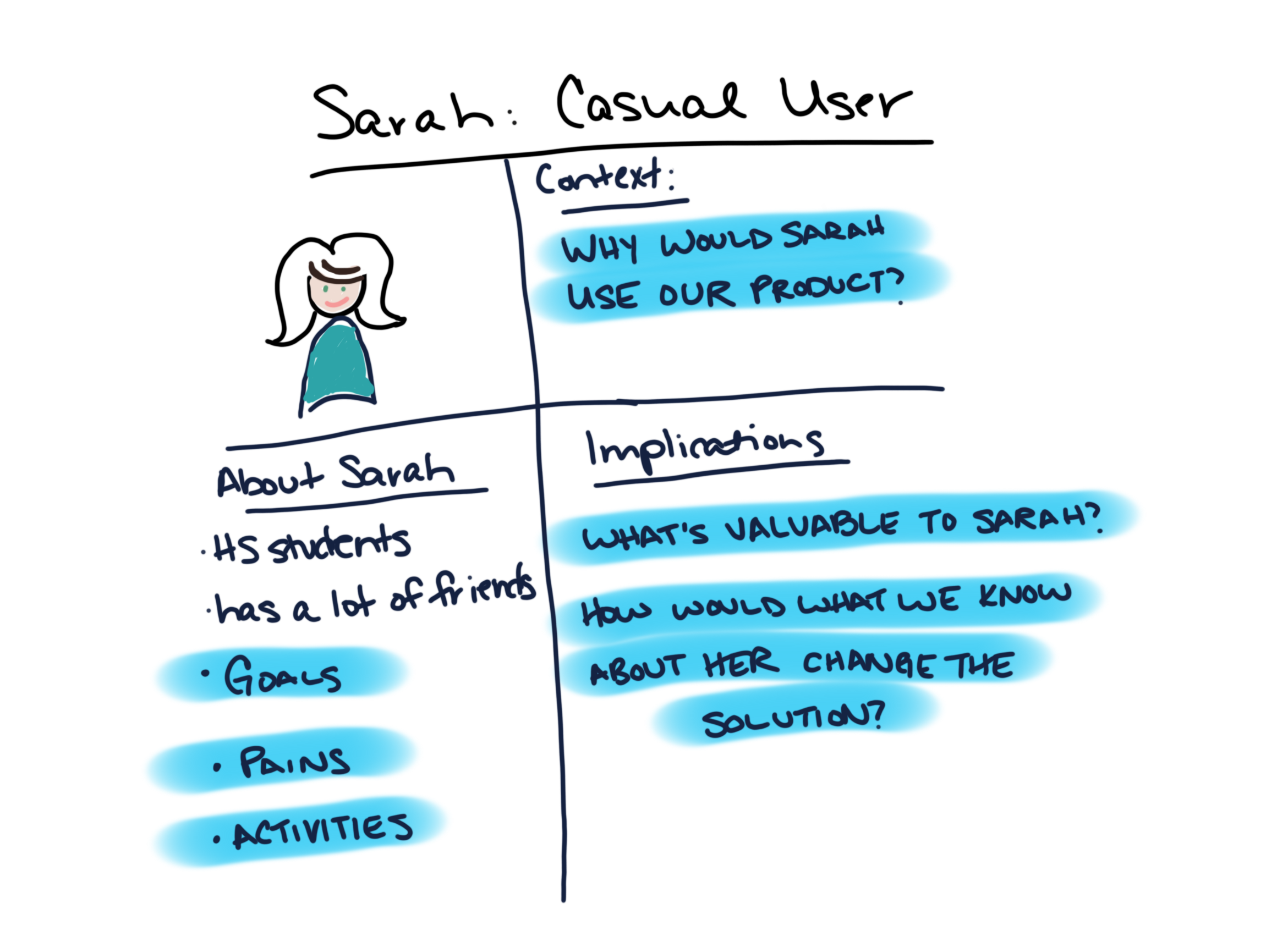

Focus on releasing valuable features every time.
Sometimes we plan features in a chronological order
Or we divide the project into components

